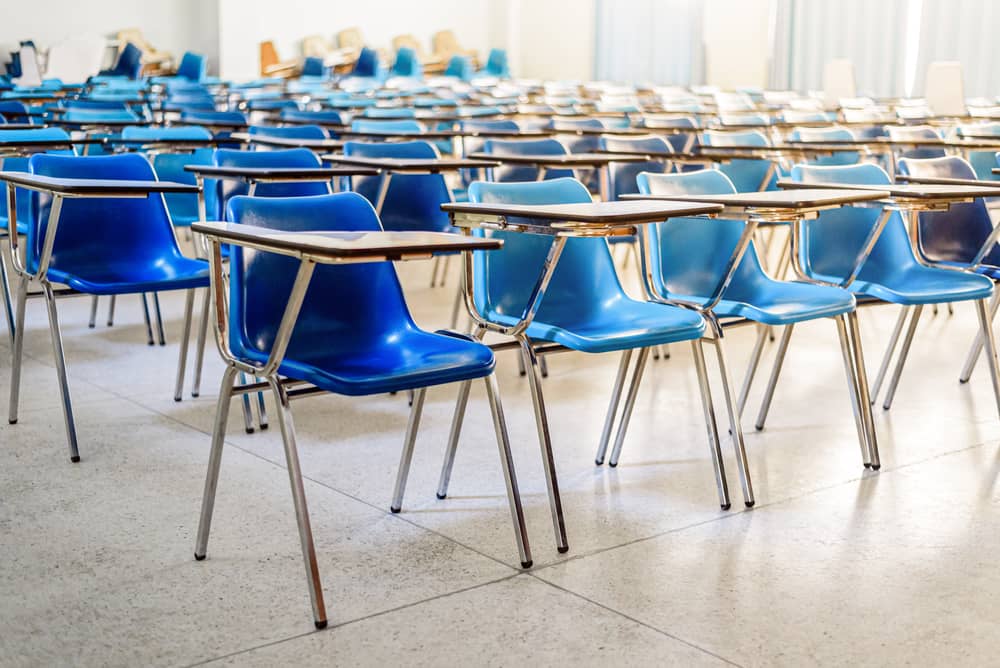Educational Inequality: What It Is and Why It Matters
Educational inequality – as experienced and addressed by education leader Dr Lawrence Foley, Future Academies chief executive – is the unequal distribution of academic resources including (but not limited to) qualified and experienced teachers, school funding, technologies and books to socially excluded communities. A fundamental human right, education is vital for economic growth, breaking generational cycles of gender inequality and poverty, and is the means of building a sustainable, fairer future.
Although it is one of the world’s biggest economies, the UK labours under social inequalities that affect disadvantaged children, and one of the most significant of these is unequal access to educational support. As a result, impacted young people may not have the same opportunities as their peers or equal prospects in their adult life.

The Current Outlook
More children than ever before are experiencing food insecurity at home, which can affect their education and even future outcomes. Being comfortable and fed allows a child to concentrate in the classroom and participate in discussions and schoolwork. Furthermore, the attainment gap between the least and most disadvantaged students is currently at an all-time high. Students eligible for free school meals achieve, on average, over three quarters of a grade lower per subject in their GCSEs than their peers from better-off families.
For those who want (and have the grades) to go to university, cost is increasingly becoming a barrier. According to a COSMO study from 2023, 39% of students who have used a food bank within the last year will not be applying to attend university as they can’t afford to go. This is compared to 19% of students with parents in managerial or professional positions.

How Is Educational Inequality Measured?
In general, dropout rates, grades and university entrance data are analysed to measure educational success. Access to additional academic support, parents available to help with homework and educational resources are just a few examples of the factors that result in students doing well at school and how educational inequality is assessed.
Students from disadvantaged backgrounds are generally less likely to achieve good grades or progress to higher education, which can result in continuing social inequalities when they become adults.
Causes of Educational Disadvantages
According to the UK Government’s 2022 report Educational attainment gap: Regional disparities, there are many factors driving attainment gaps and educational inequality, such as economic disadvantage, disability, gender, ethnicity and whether a child has special educational needs and disability (SEND) or has been in care. The report references a study by the Institute for Fiscal Studies (IFS) that discovered that the biggest predictor regarding educational disadvantage related to people, rather than places. According to this report, a 16-year-old student’s family income was a much stronger predictor of their GCSE results than the local authority in which they reside.
The Effects of the Pandemic
One of the effects of the pandemic was increased educational inequality. While the disruption impacted all children, those from poorer families tended to be most affected and continue to experience a long-term impact on their educational progression.
Resources required to study effectively at home – such as access to technology, a quiet room in which to study and extra educational resources – were less likely to be available to children from low-income families, all of which served to widen the inequality gap. Disadvantaged students may also have been impacted by financial challenges at home during the pandemic, with families having less energy and time to dedicate to homeschooling.

Tackling Educational Inequality
The 2022 report concluded by stating that the government had rolled out a range of measures designed to help ‘level up’, which included targeted support for whole areas of the UK where attainment standards were weakest, as well as for individual pupils who fall behind.
